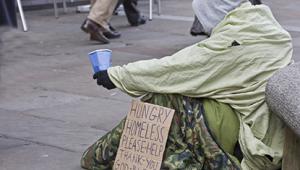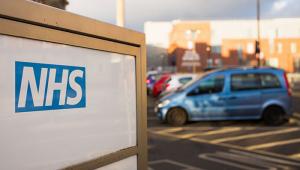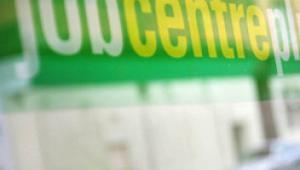The Fawcett Society campaigning charity trawled through council websites to determine that 38% of the 4,333 seats up for election in 2018 went to women – which equated to 112 more women councillors than four years ago.
The analysis found 18% of council leaders or directly elected mayors in England this year were women – 62 out of 349. That was a rise of less than 1% percentage point from 2016.
Sam Smethers, Fawcett Society chief executive, said: “This is really disappointing. We are literally crawling along.
“As we mark the centenary of women’s suffrage, women’s representation across local government is stuck in the past.”
She called on central and local government to “remove the barriers to women’s participation and make local government fit for the 21st century”.
This year is the anniversary of the Representation of People Act, giving women over the age of 30 the right to vote in Great Britain.
Labour fared better than the other parties in terms of gender equality, with 45% of its seats in local government gained by women compared to 40% in 2014. The analysis discovered that 23% of Labour council leaders this year were women.
For the Lib Dems, the representation of women went up 34% to 36% between 2014 and 2018 – with 28% of their party’s leaders being women this year.
The Conservatives saw their share of female councillors fall from 31% to 29% – 14% of Conservatives leaders in local government were women, the Fawcett Society concluded.
The charity made various recommendations to increase the proportion of women in local government, including introducing maternity policies for councillors.
It also called on councils to improve support for councillors paying for childcare – which was found to be patchy with some councils offering no support at all – and for local authorities to use technology more effectively so women could take part in meetings remotely.
Marianne Overton, vice chair of the Local Government Association, said: “The report rightly identifies that progress must be made at a faster pace to ensure a greater representation of women in our local authorities.
“It is vital that local government better reflects the communities we represent and is inclusive in order to have the best skills and make the best possible decisions.”
The Fawcett Society decided on the gender of councillors through name and image checks. However, it admitted that this method carried some of risk error and that council websites were not always updated regularly.
PF analysed CIPFA figures on the gender pay gap in local government last month, which showed local authorities in England pay men 7.7% more than women on average.











